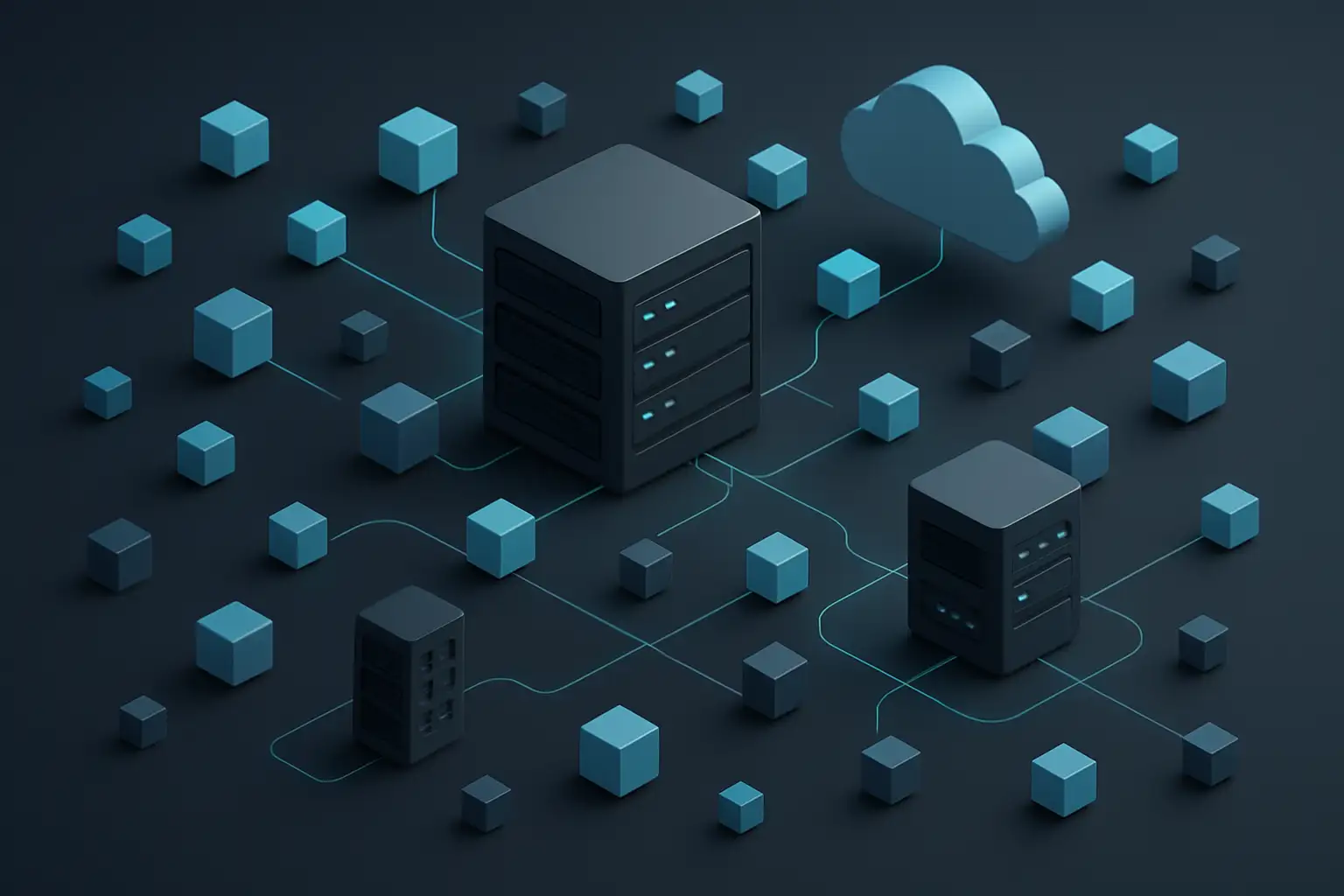As technology evolves and user expectations grow, companies need modern approaches to software development. Traditional monolithic applications often struggle to keep up with growing demands. This is where microservices software development steps in — offering a better way to build modern, customized applications.
What Are Microservices?
Microservices are small, independent services that work together to form a larger application. Each microservice handles one specific function, such as user login, payment processing, or inventory management. These services can be developed, tested, and deployed independently, which makes them faster and easier to manage.
Benefits of Microservices Architecture in Software Engineering
Microservices architecture in software engineering breaks down complex systems into smaller parts. This provides several benefits:
- Flexibility: Each service can be developed in different programming languages and updated without affecting the entire application.
- Scalability: Microservices can be scaled individually based on demand, improving performance and reducing costs.
- Faster Development: Teams can work on different services at the same time, leading to quicker delivery.
- Resilience: If one service fails, the rest of the system can still function.
Why Use Microservices for Customized Development?
Customized development requires solutions tailored to a business’s unique needs. Microservices software development supports this by:
- Allowing easy integration with third-party services
- Enabling changes or upgrades without downtime
- Supporting continuous delivery and deployment
For example, an e-commerce platform may need to add a new payment gateway or update the product recommendation engine. With microservices integration, developers can do this smoothly without disrupting other parts of the system.
Agile Microservices: The Perfect Match
Microservices work well with agile development practices. Agile microservices encourage:
- Small, focused development cycles
- Quick feedback and improvement
- Independent team collaboration
- Frequent releases with minimal risk
This makes it easier to respond to market changes, test new features, and improve user experience — all without long development delays.
Microservices Architecture Design Best Practices
To get the most out of microservices, it’s important to follow strong microservices architecture design principles:
- Clearly define service boundaries: Each service should have a single purpose.
- Use APIs for communication: Microservices should talk to each other through lightweight APIs.
- Ensure data independence: Each microservice should manage its own data.
- Automate testing and deployment: CI/CD pipelines are essential.
- Monitor and log services: Track performance and fix issues quickly.
Final Thoughts
Microservices architecture in software engineering is transforming how companies build and scale custom applications. Whether you’re a startup or a large enterprise, using agile microservices and following proper microservices architecture design can help you create powerful, flexible, and future-ready software solutions.
If you’re looking to build or modernize your software, microservices software development is a smart way to go.







